How Yield-Bearing Stablecoins Like sUSDe and USDD Are Changing DeFi Passive Income

Stablecoins have long been the backbone of DeFi, offering a familiar dollar-pegged experience in an onchain wrapper. But the rise of yield-bearing stablecoins like sUSDe and sUSDS is quietly rewriting the rules for passive income in decentralized finance. Instead of forcing users to choose between stable value and yield, these new tokens blend both – unlocking steady returns for anyone who can hold a token.

From Static Stability to Dynamic Yield
The original promise of stablecoins was simple: onchain dollars you could use anywhere, anytime. Yet, as DeFi matured, investors began demanding more than just stability. They wanted their idle capital to work for them. Enter yield-generating stablecoins, engineered to capture onchain yields from staking, lending, or real-world assets – then pass those rewards directly to holders.
This shift is more than cosmetic. Unlike traditional stables that simply mirror fiat value, yield-bearing coins like sUSDe and sUSDS actively deploy underlying assets into sophisticated strategies. The result? Holders gain exposure to income streams previously reserved for active DeFi participants or institutional players.
sUSDe: Delta-Neutral Innovation at Scale
Ethena’s sUSDe has quickly emerged as a flagship example of this new breed. Its design uses a delta-neutral approach: staked ETH generates staking rewards, while simultaneous short positions in ETH perpetual futures offset price risk. This lets sUSDe earn yield without exposing users to volatile ETH price swings.
The numbers speak volumes about its impact: in 2024, sUSDe delivered yields between 7% and 19%, before stabilizing around 7, 7.4% APY as derivatives markets matured. With a circulating supply now exceeding $5.8 billion, sUSDe is no longer a niche experiment but a mainstay in DeFi portfolios (source). For passive income seekers, this means access to sophisticated market-neutral strategies by simply holding a single token.
sUSDS and the Rise of Conservative Yield Options
If sUSDe represents innovation at scale, Sky’s sUSDS showcases the appeal of conservative yield within DeFi’s evolving landscape. Backed by assets like sDAI and real-world financial instruments, sUSDS prioritizes decentralization and risk mitigation while still delivering steady returns.
The current yield sits at approximately 4.5%, making it an attractive choice for users who want reliable income without chasing high-risk opportunities (source). The protocol leverages native staking mechanisms and diversified collateral to ensure both security and sustainability – two qualities often lacking in earlier generations of DeFi yield products.
Key Features That Set Yield-Bearing Stablecoins Apart
-

Automated Passive Income Generation: Yield-bearing stablecoins like sUSDe and sUSDS automatically generate returns for holders by tapping into DeFi strategies such as staking, lending, and derivatives arbitrage—no active management required.
-
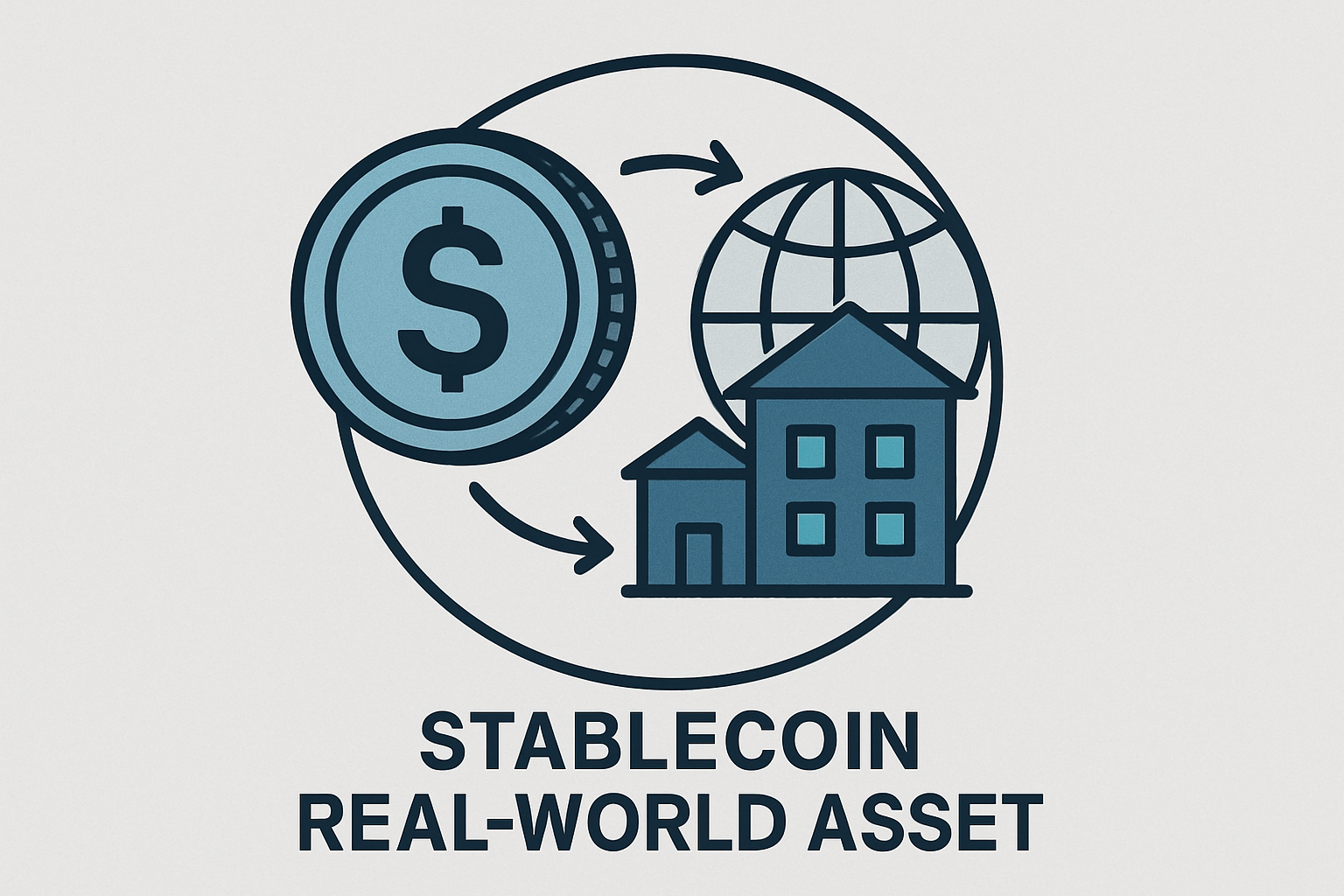
Exposure to Real-World Assets (RWAs): Many yield-bearing stablecoins, including sUSDS, are backed by income-generating real-world assets such as US Treasurys, enhancing both yield and stability.
-
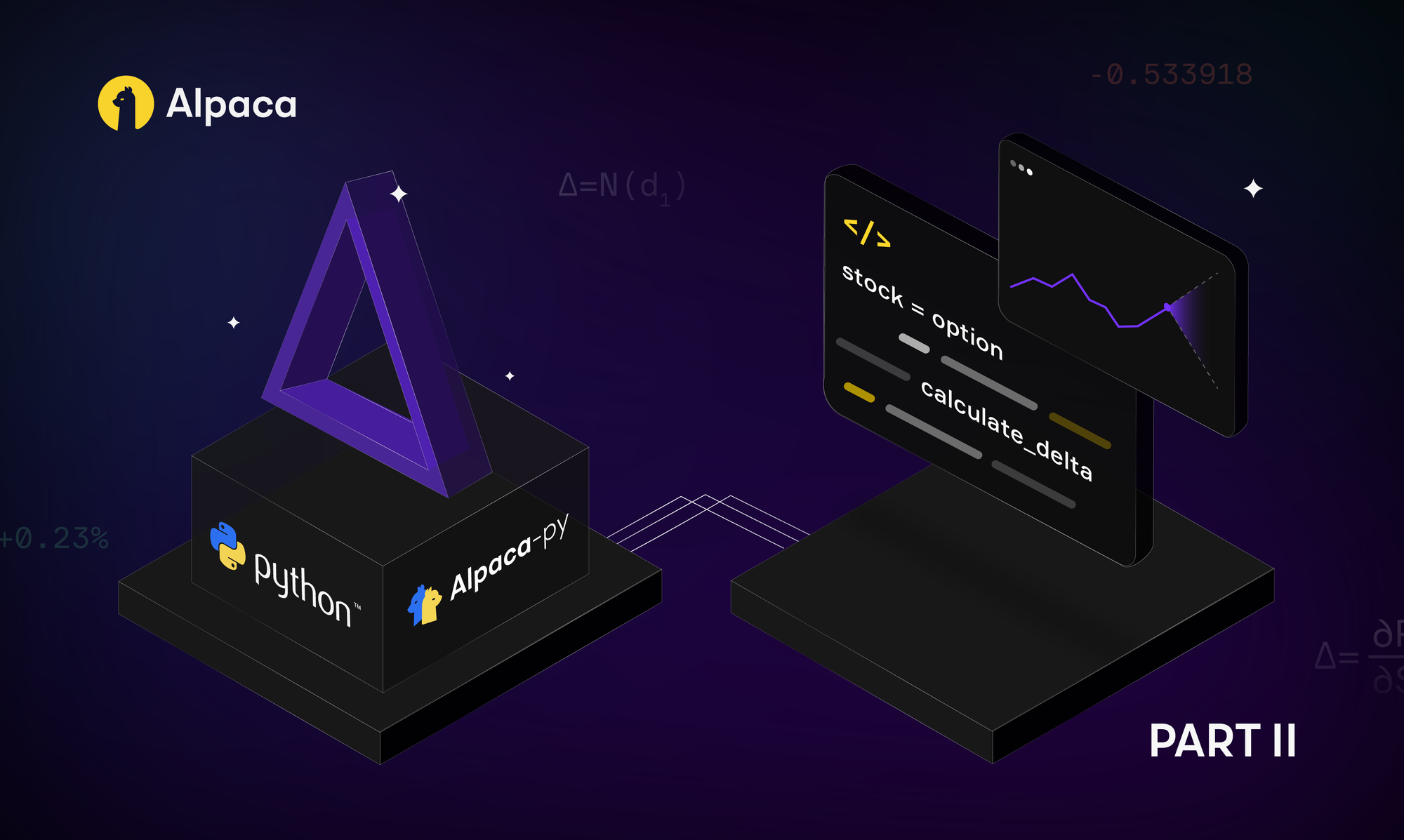
Delta-Neutral Yield Strategies: sUSDe employs a delta-neutral approach by combining staked Ethereum with short ETH perpetuals, allowing holders to earn yield without exposure to market volatility.
-

On-Chain Transparency and Decentralization: Yield-bearing stablecoins operate transparently on public blockchains, with protocols like Sky’s sUSDS emphasizing decentralization and risk mitigation through open smart contracts.
-
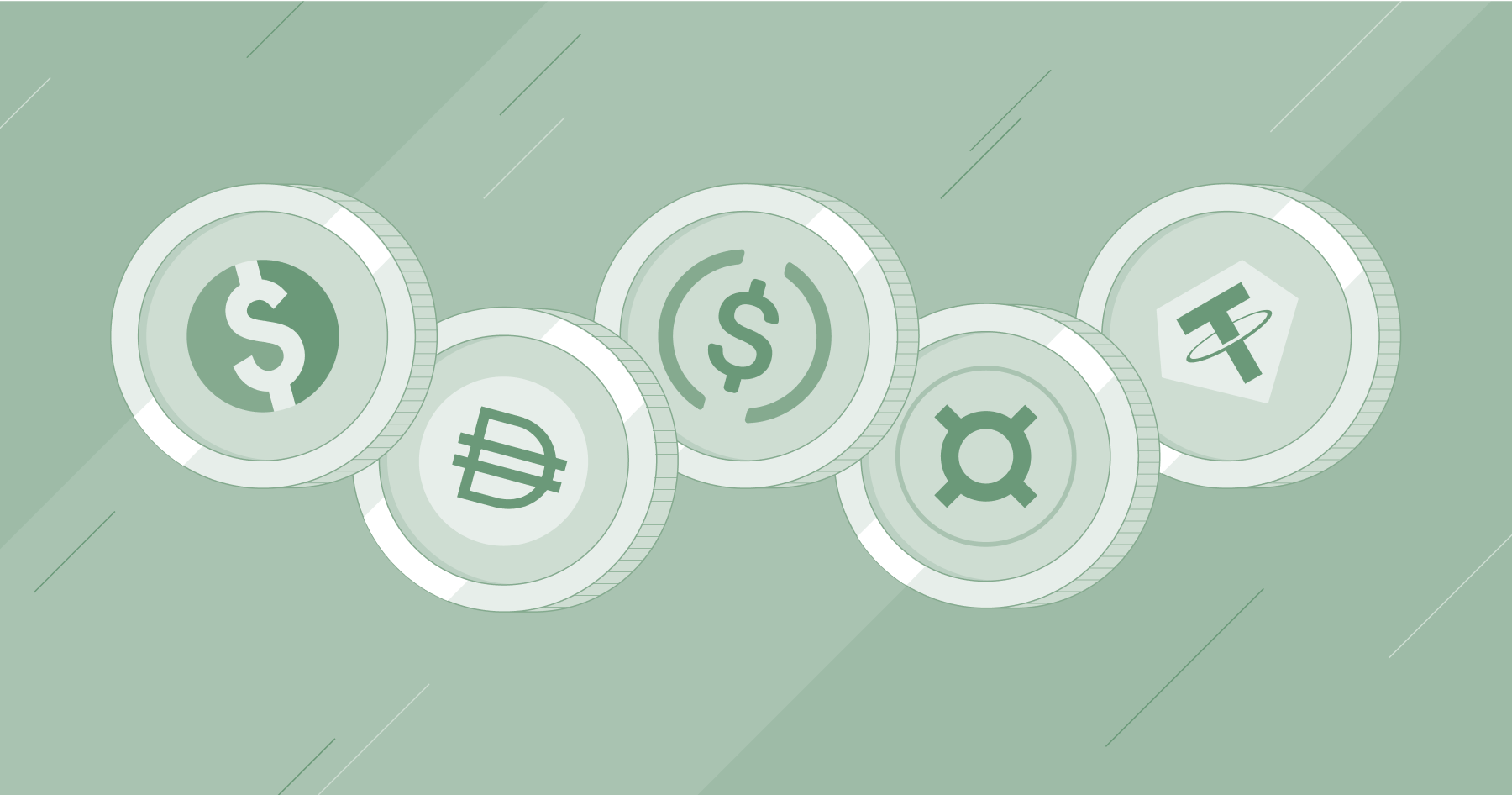
Stable, Spendable Dollar Peg: Despite generating yield, these stablecoins maintain a 1:1 peg to the US dollar, preserving the familiar utility and liquidity of traditional stablecoins while adding income potential.
How Yield-Bearing Stablecoins Are Changing Passive Income Forever
The implications are profound: with assets like sUSDe and sUSDS, passive income in DeFi no longer requires constant management or exposure to unpredictable farming cycles. Instead, users can tap into sustainable yields simply by holding tokens designed with embedded earning mechanisms.
This democratization of yield generation is already attracting new participants – from crypto newcomers seeking low-maintenance returns to seasoned investors integrating these coins into broader macro portfolios. As the sector evolves further into 2025, expect these stablecoin passive income strategies to play an increasingly central role across the decentralized finance spectrum.
What makes this evolution especially compelling is the way yield-bearing stablecoins bridge the gap between traditional finance and DeFi. By integrating real-world assets, staking rewards, and derivatives arbitrage, these tokens expand the definition of what a stablecoin can be. No longer just a vehicle for dollar-denominated transactions or parking idle capital, yield-generating stablecoins offer an on-ramp to sophisticated passive income strategies, without the technical or operational complexity that has historically been a barrier to entry.
For investors, the choice between sUSDe and sUSDS is not just about chasing the highest APY. It’s about aligning risk appetite with protocol design. sUSDe appeals to those comfortable with market-neutral strategies and higher yields, while sUSDS provides a haven for those who prioritize decentralization and conservative returns. This diversity of options is crucial for building resilient DeFi portfolios that can weather changing market conditions.
Risks and Considerations: What Should Investors Watch?
While the promise of effortless yield is enticing, it’s important to remember that these innovations are not risk-free. The underlying mechanisms, be it delta-neutral hedging or collateralized staking, require ongoing protocol maintenance and carry smart contract risks. Additionally, yields are ultimately derived from external sources: staking rewards, funding rates, or returns on real-world assets. If these sources dry up or become less profitable, yields may compress or disappear entirely.
Regulatory uncertainty also looms large, especially as stablecoins become more deeply intertwined with traditional finance through real-world asset exposure. Investors should remain vigilant about changes in legal frameworks that could impact collateral quality or redemption mechanisms.
Top Risks of Holding Yield-Bearing Stablecoins
-

Smart Contract Vulnerabilities: Yield-bearing stablecoins like sUSDe and sUSDS rely on complex smart contracts and DeFi protocols. Any bugs or exploits in these contracts can lead to loss of funds, as seen in past DeFi incidents.
-
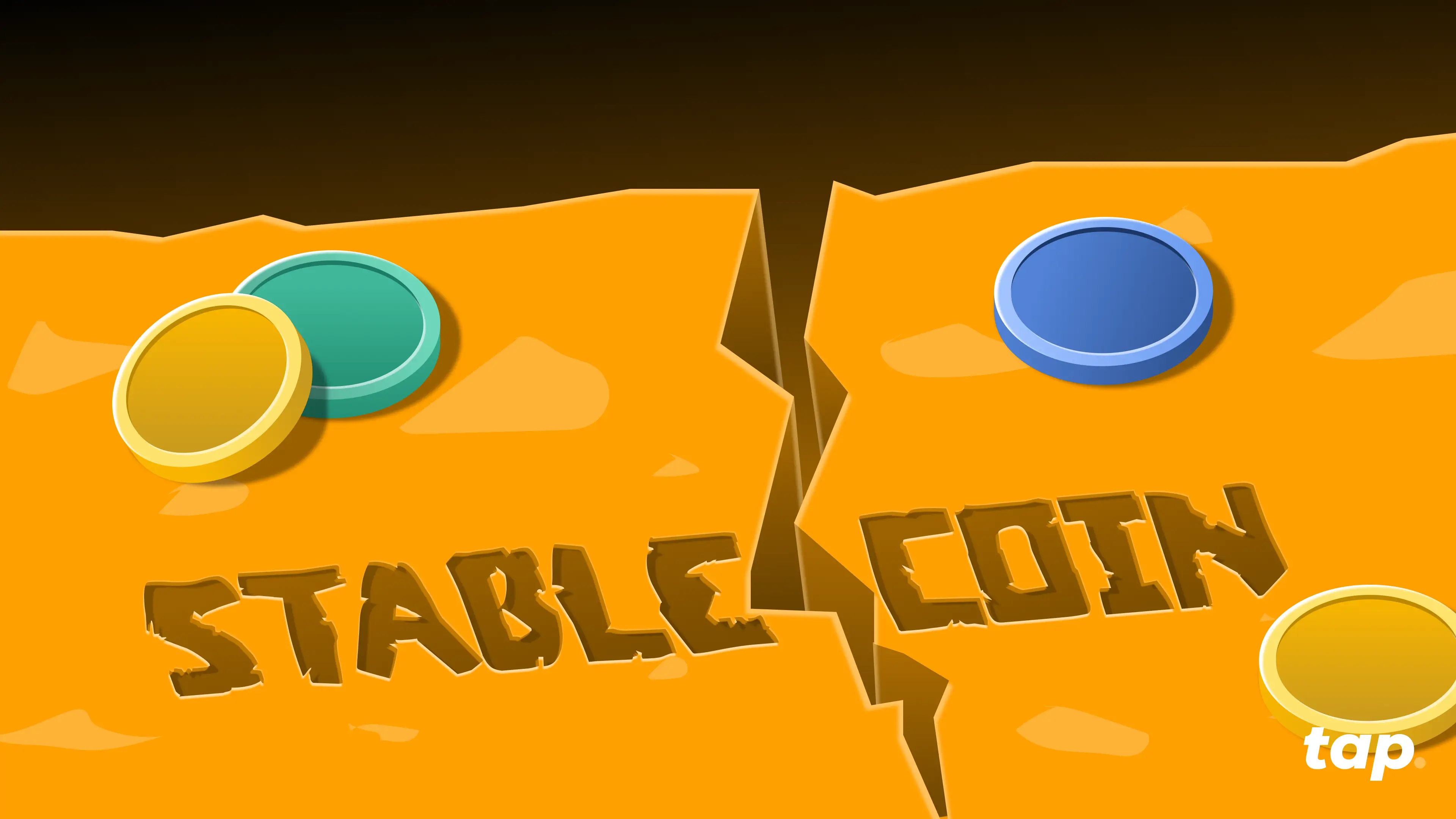
De-Pegging Risk: While designed to maintain a $1 peg, yield-bearing stablecoins may lose their peg due to market volatility, liquidity shocks, or protocol failures. This can result in losses if the stablecoin trades below $1.
-
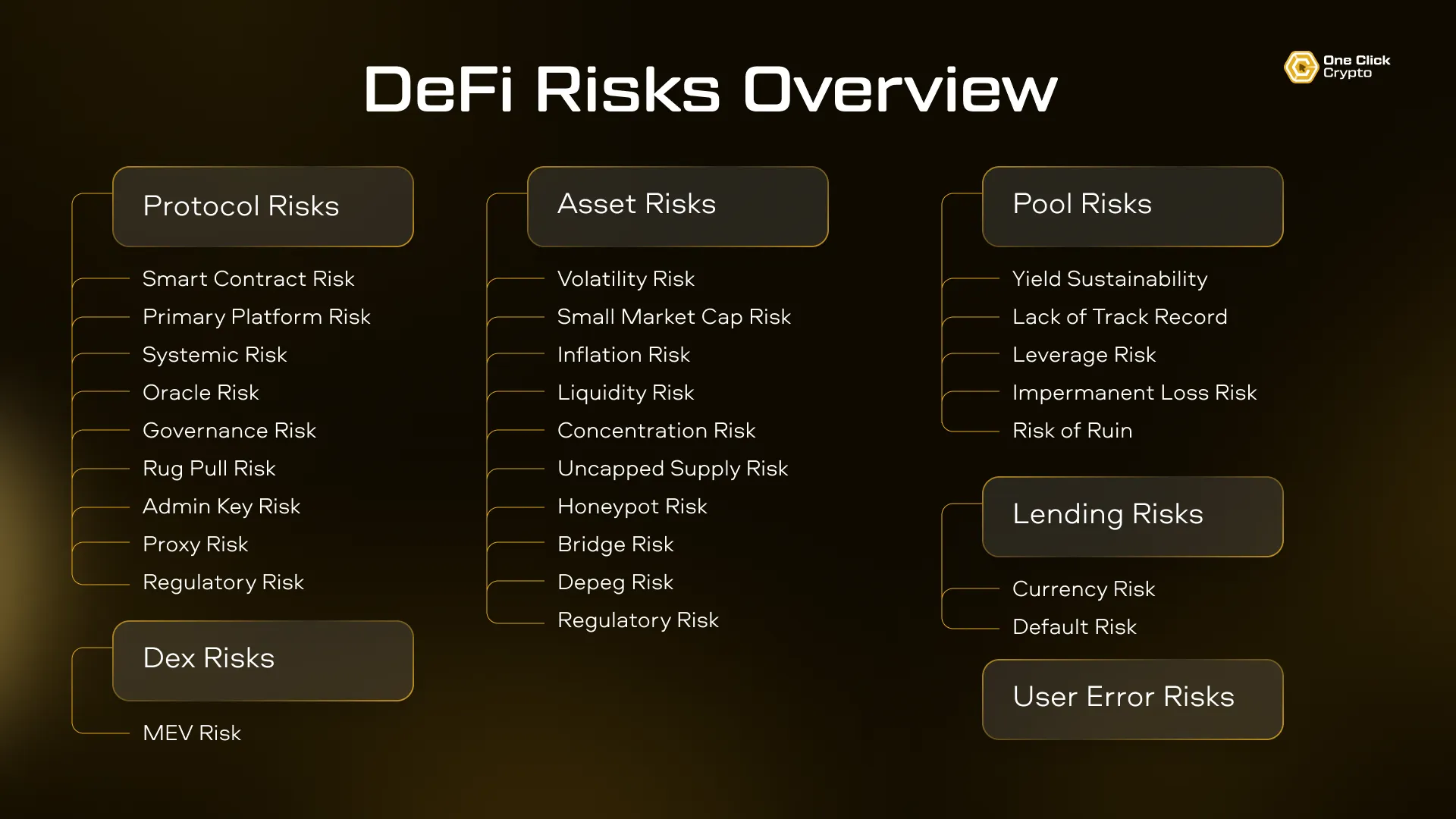
Strategy and Yield Sustainability: The yields from assets like sUSDe (currently around 7–7.4% APY) and sUSDS (about 4.5% APY) depend on strategies such as staking rewards, derivatives funding rates, or real-world asset returns. If these strategies become unprofitable or market conditions change, yields may drop or disappear.
-
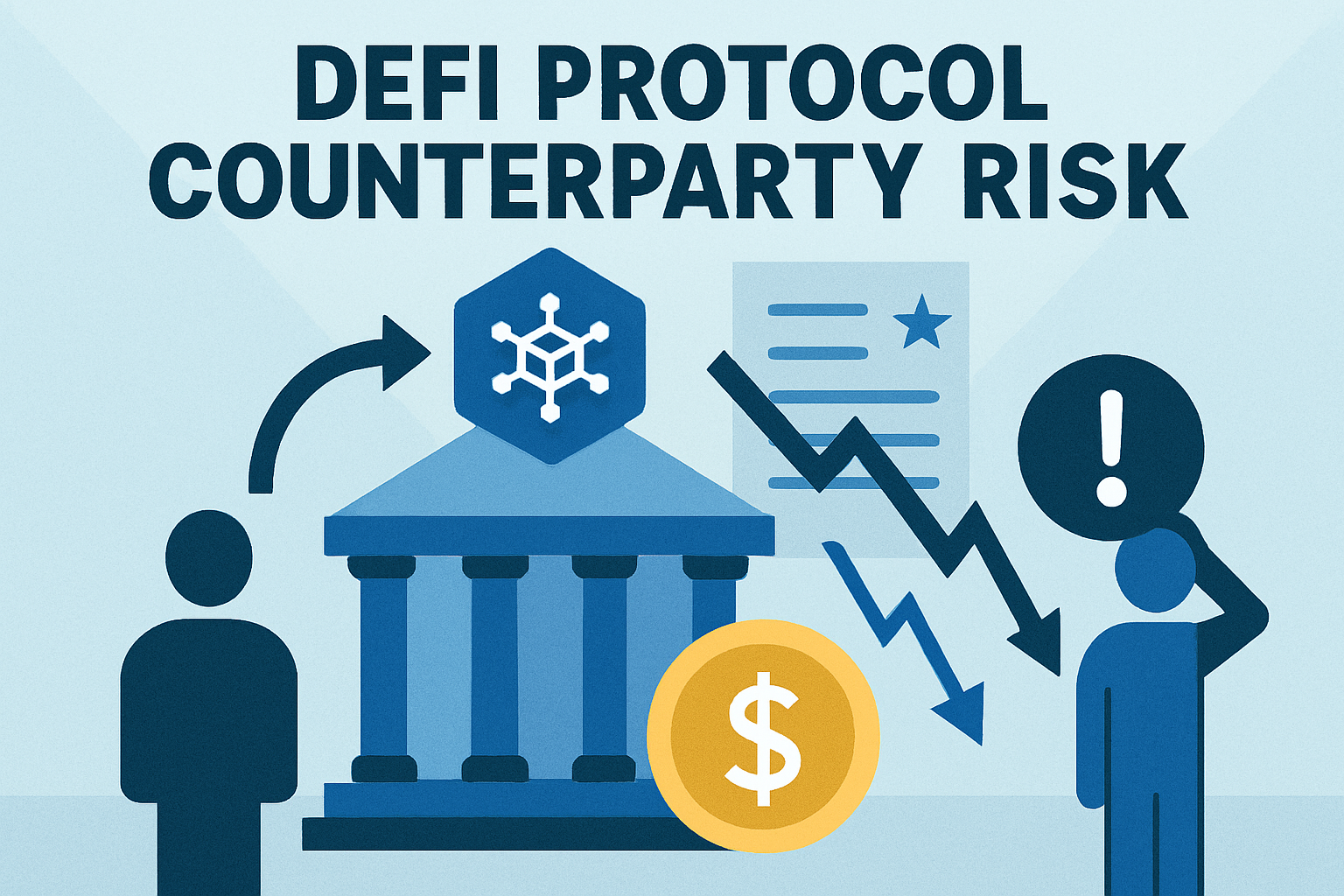
Counterparty and Protocol Risk: Yield-bearing stablecoins often depend on third-party protocols, custodians, or real-world asset issuers. Failures or mismanagement at any point in the chain can threaten the stablecoin’s backing and user funds.
-

Regulatory Uncertainty: The evolving regulatory landscape for stablecoins and DeFi introduces legal risks. Regulatory action could impact the operation, redemption, or legality of yield-bearing stablecoins, affecting holders’ access and returns.
-
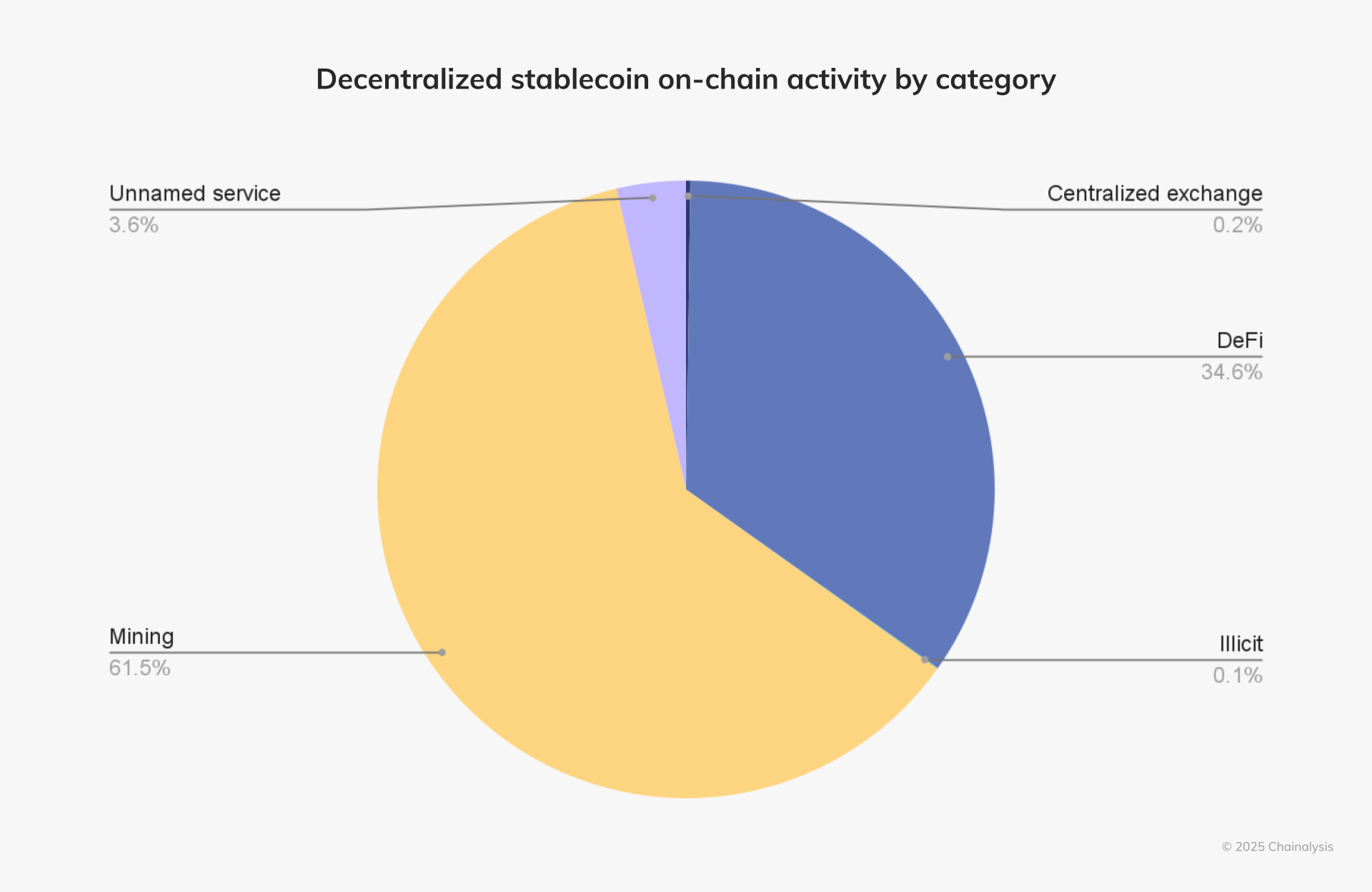
Liquidity Constraints: In times of market stress, liquidity for yield-bearing stablecoins can dry up, making it difficult to redeem or sell at the expected value. This can amplify losses during periods of high volatility.
The Road Ahead: Yield-Bearing Stablecoins in 2025 and Beyond
The rise of rebasing stablecoins and other yield-focused innovations signals a new era for DeFi, one where passive income is accessible at scale and risk can be tailored to individual preferences. As protocols like Ethena and Sky continue to refine their models, expect further integration with both onchain and offchain assets, increased transparency around yield sources, and improved user experience for non-technical holders.
Looking forward, we’ll likely see more competition among DeFi yield stablecoins, with protocols experimenting with novel risk-mitigation techniques, cross-chain interoperability, and even dynamic yields that adjust in real time based on market conditions. For those willing to do their homework and monitor protocol health, yield-bearing stablecoins represent one of the most compelling opportunities for sustainable passive income in crypto today.
The bottom line? Stablecoin passive income has never been more accessible, or more nuanced. With careful selection and ongoing diligence, these new digital dollars can become a cornerstone for anyone seeking steady returns in an unpredictable world.







